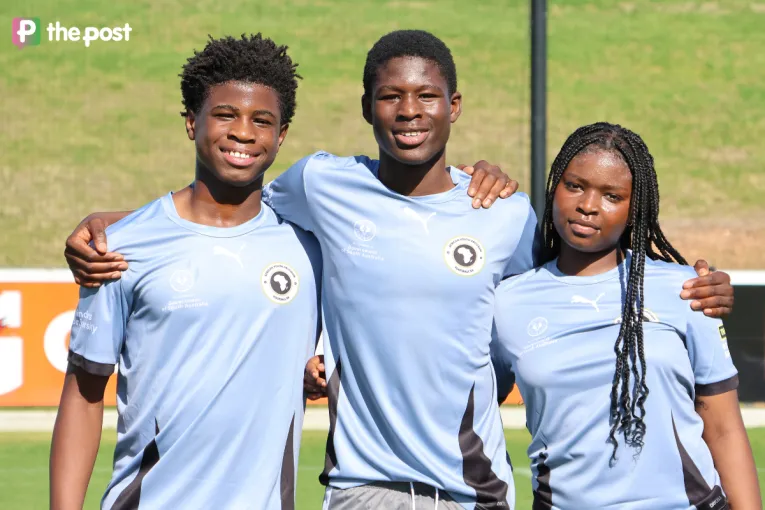Flinders Island funding makes threatened species haven a reality

The privately owned island off the coast of the Eyre Peninsula is set to become a haven for nationally endangered species in a nearly $5 million conservation effort.
Purchased by Peter Woolford in 1978, Flinders Island has since been used as a freehold merino sheep station, the base of the family’s abalone business Eyrewoolf, and a tourism destination.
The island is now the subject of $4.8 million of joint funding from the federal and state governments, to go towards pest eradication and the reintroduction of threatened native animals.
The Woolfords have also entered a conservation agreement with the government over most of the island, placing obligations on the family to protect and conserve its biodiversity.
The fourth largest island in South Australia, Flinders Island spans nearly 4000 hectares, has 50 kilometres of coastline, and is around 75 per cent covered by native vegetation.

You might like
Subfossil remains have indicated the range of native animals that were once found on the island before becoming extinct following the introduction of pests, such as feral cats, in the mid-1900s.
These species included the tammar wallaby, which is now extinct in the wild within South Australia’s mainland but can be found on Kangaroo Island.
As part of the project, the island will be closed to the public from May 1 while the eradication of feral invasive species, such as rats, cats and mice, begins.
Following the eradication process, the island will undergo monitoring and cat mop-up operations before the reintroduction of several threatened native animals. Island accommodation will re-open to the public in January 2026.
Jonas Woolford said the family was “very excited about the opportunity to convert Flinders Island into a safe haven”.
“It’s been many years in the planning for us, transitioning from farming to tourism and conservation,” Woolford said.
Stay informed, daily
“To ensure the legacy and investment of this project, biosecurity by us and all visitors is our ongoing responsibility.”
The island introduced biosecurity measures from January this year, including checking requirements and a request that all vessels be baited and trapped.
The federal government has committed $3.8 million for the project as part of its $224 million Saving Our Native Species program. The state government is providing $1 million via the Eyre Peninsula Landscape Board.
Eyre Peninsula Landscape Board general manager Jonathan Clark said the project was a “significant opportunity to lead by example in South Australia”.
“The project realises the critical need to provide refuge and offer long-term opportunities for species to adapt and persist, particularly working with landowners in a modern conservation model.”
The previous Liberal government announced $2.67 million in combined state and federal funding for the same project in 2020, which a state government spokesperson told InDaily “faced delays due to the Covid-19 pandemic and the need to rescope the scale and cost of the work”.
“Having reviewed the project, the current federal and South Australian governments have committed to new funding of $3.1 million, significantly increasing the total funding to $4.8 million,” they said.
“This additional funding will ensure the project can be delivered effectively using best-practice baiting methods.”
The spokesperson said additional in-kind support equivalent to around $1 million would be provided to the project by the state government and Woolford family.









